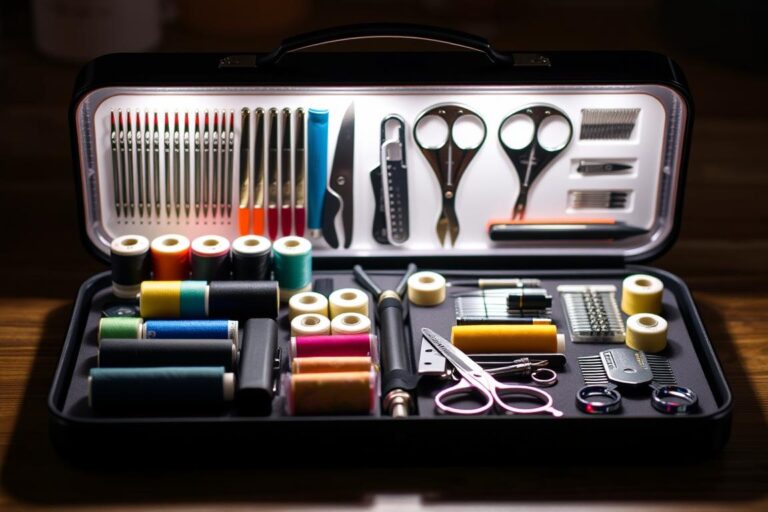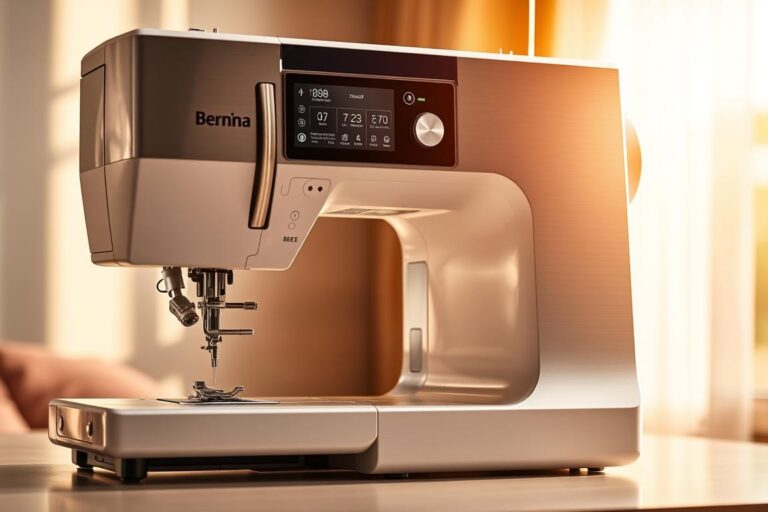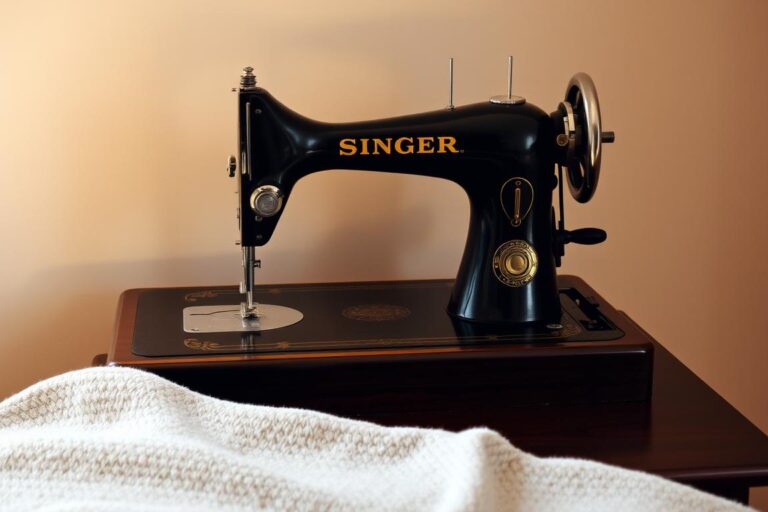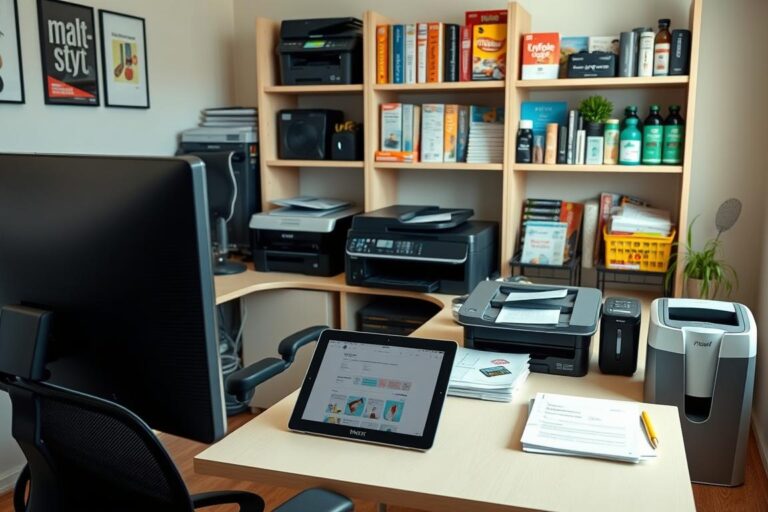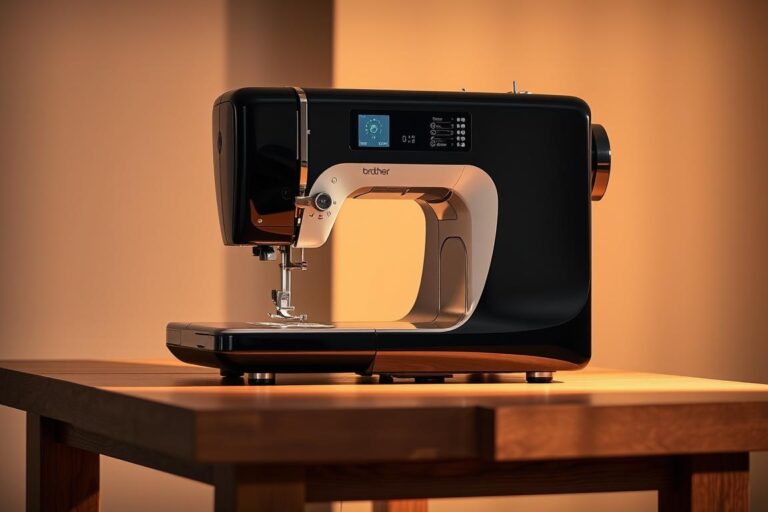Juki TL-2010Q vs. Brother PQ1500SL: Best for Professionals?
When it comes to professional sewing, the right machine can make all the difference. But with so many options available, how do you choose the one that fits your needs? Let’s dive into what makes a sewing machine stand out in terms of quality, speed, and features.
Both models Juki TL-2010Q vs. Brother PQ1500SL we’re exploring are known for their durability and precision. Whether you’re working on straight stitch projects or diving into free motion quilting, these machines are designed to handle it all. Their robust construction ensures they can tackle even the toughest fabrics with ease.
So, what sets them apart? From speed control options to advanced stitching capabilities, each machine offers unique benefits. Stay tuned as we break down the details to help you find the perfect fit for your next project!
Understanding Professional Sewing Machines
What sets professional sewing machines apart from domestic models? These machines are designed for heavy-duty tasks, offering unmatched precision and durability. Built with metal construction, they ensure stability even at high speeds, making them ideal for industrial-like use.
One standout feature is their ability to handle high-speed stitching, often reaching 1500-1600 stitches per minute. This makes them perfect for projects that require efficiency and consistency. Unlike domestic models, professional machines focus solely on straight stitch sewing, ensuring flawless results every time.
Essential features like the walking foot and knee lifter enhance productivity. The walking foot ensures even fabric feeding, while the knee lifter allows for hands-free presser foot control. These tools are game-changers for quilters and garment makers alike.
Weight and size also play a crucial role. Professional machines are heavier, providing stability during use. While this may affect portability, it ensures the quality and precision needed for complex projects. Whether you’re working on garment construction or free motion quilting, these machines adapt seamlessly to your needs.
In a professional setup, these machines bridge the gap between industrial quality and personal use. They’re perfect for small businesses or serious hobbyists who demand top-tier performance. With their robust build and advanced features, professional sewing machines are a worthy investment for any sewing enthusiast.
Juki TL-2010Q vs. Brother PQ1500SL: Best for Professionals?
Choosing the right sewing machine can elevate your craft to new heights. For professionals, the decision often comes down to details like speed control, build quality, and accessory options. Let’s explore how these two models stack up.
Both machines are built with metal construction, ensuring durability and stability. The Brother model weighs nearly 30 lbs, while the Juki is slightly lighter at just over 25 lbs. This difference in weight can impact portability, but both are designed to stay stationary for precision work.
When it comes to speed control, the Brother uses a foot pedal, offering intuitive operation. The Juki, on the other hand, features a knob for precise adjustments, which is particularly helpful for beginners. Both models reach up to 1,500 stitches per minute, making them ideal for high-speed projects.
Accessories also play a key role. The Juki includes a walking foot, perfect for quilting and handling thick fabrics. The Brother offers additional presser feet options, adding versatility for different sewing tasks. These small details can make a big difference in your workflow.
Price is another factor to consider. The Brother is often more affordable, while the Juki’s industrial focus justifies its higher cost. Both models deliver exceptional stitch quality, but your choice may come down to which features align best with your needs.
Whether you’re tackling a complex project or diving into quilting, these machines are designed to meet professional demands. Their robust build and advanced features ensure they’re up to the task, no matter the challenge.
Comparative Analysis of Key Features
Diving into the details of professional sewing machines reveals their unique strengths. Both models excel in speed, offering up to 1,500 stitches per minute. This makes them ideal for high-volume projects where efficiency is key.
When it comes to design, the shuttle systems in both machines are vertical, ensuring smooth operation. The feed dogs are designed to handle thick fabrics effortlessly, making them versatile for various sewing tasks.
Speed control is another area where these machines differ. One model uses a foot pedal for intuitive operation, while the other features a knob for precise adjustments. Both methods have their advantages, depending on your sewing style.
Additional features like automatic thread cutters and LED lighting enhance functionality. The inclusion of a walking foot in one model makes it a standout for quilting and heavy fabrics. These small details can significantly impact your workflow.
Price is also a factor to consider. While one model is more affordable, the other justifies its higher cost with advanced features. Both deliver exceptional stitch quality, making them reliable choices for professionals.
In summary, each machine has its strengths. Whether you prioritize speed control, accessory options, or overall value, both models are designed to meet professional demands. Your choice will depend on which features align best with your needs.
Conclusion
Finding the perfect sewing machine can transform your creative process. Both models we’ve explored offer exceptional quality and professional-grade features. While one excels in speed control, the other shines in accessory versatility. These differences ensure there’s a machine tailored to your unique needs.
Whether you’re focused on quilting or tackling complex projects, both options deliver reliable performance. The slight trade-offs in price and features allow you to choose based on your priorities. Consider your workflow and budget to make the best decision.
Investing in a high-quality sewing machine is a step toward mastering your craft. Whichever model you choose, you’re equipping yourself with a tool that empowers creativity and precision. Happy sewing!

